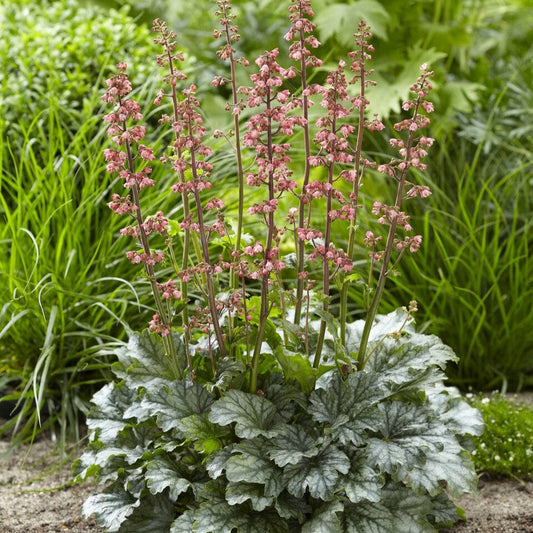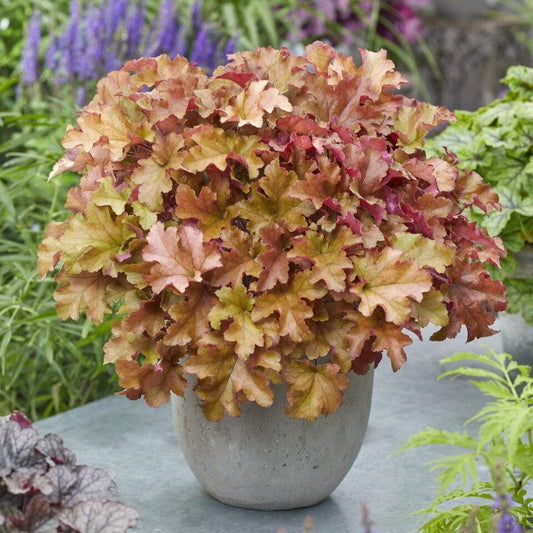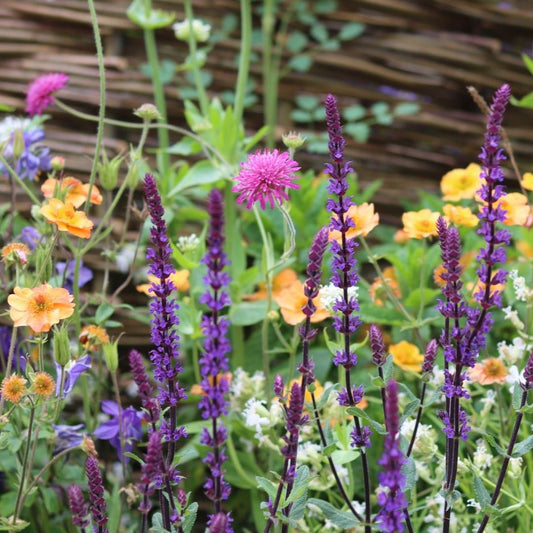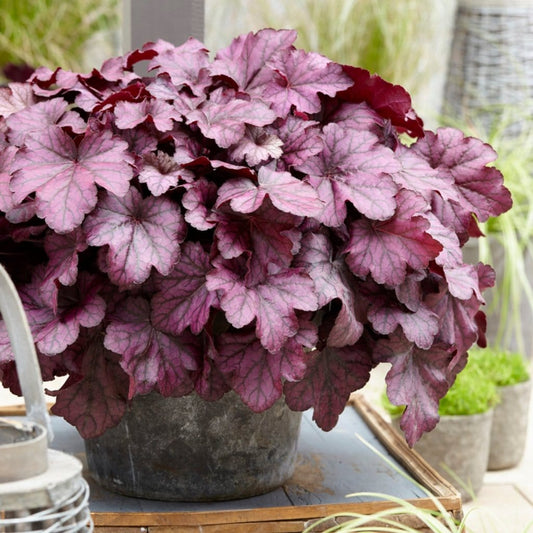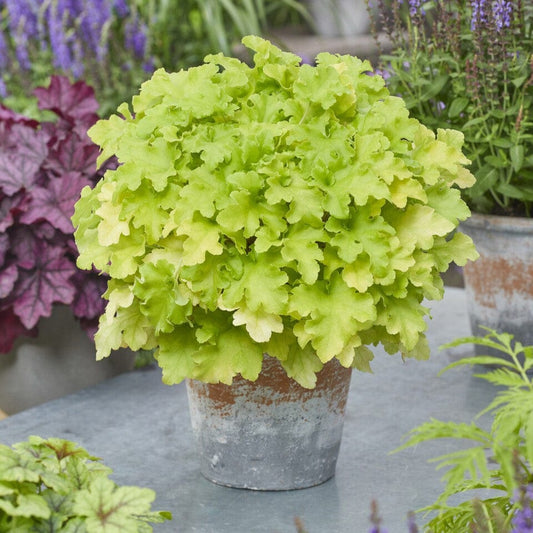Top 9 Gardens Jobs For July

July is the month when most gardens are looking their best. The long, warm summer evenings mean that there’s more time for a bit of after-work gardening - but don’t forget to relax and enjoy the rewards of your hard work too!
Here’s our round-up of garden jobs for July.
1. Watering
Cooler evenings are the best time to water, as less water evaporates and more filters down to the plants’ roots. On very hot days you may even have to water twice a day. It’s generally better to water for longer and less often, giving the ground a really good soak. However if you’re growing a lot of vegetables which have shallow root systems, it’s best to water more frequently.
2. Feed Fruit and Vegetable Plants
If your fruit and vegetable plants are in flower or bearing fruit, they’re using up a lot of nutrients and may need a helping hand. Feed them with a diluted fertiliser once a week, or more often if the leaves look pale or yellow.
If you're interested in growing fruit and vegetables organically, then check out our experts article on how to to make your own fertiliser...or simply stick that wasted banana peel in your watering can and let it stand for 24 hours!

3. Keep slugs under control
Avoid losing your courgettes by acting now! Slugs and snails can’t crawl through sharp sand, gravel, bark chips or crushed eggshells, so these can be used to make a barrier around your plants. You can also use copper tape or wire, which sends out an electric charge that the slimy fiends can’t cross.
Struggling with slugs but don't want to kill them? Read more about how to get rid of them humanely by reading this article from our experts.
4. Peg down Strawberry runners
If your Strawberry Plants are sending out runners (they look like long roots), you can peg them down into the soil with a hairpin or bent piece of garden wire to make new strawberry plants. And who doesn’t want more plants?

5. Prune Fruit Trees
These trees should be pruned in July after flowering: Apple, Apricot, Cherry, Damson, Mulberry, Nectarine, Peach, Pear and Quince.
Open up the tree canopy to allow air to circulate and prevent pests and diseases. It also helps more sunlight to reach the ripening fruits and keeps the tree to a manageable shape.
Reduce the lead shoot at the end of each branch by half - but only the current season’s growth - you’re not cutting into woody growth at this point. This will encourage side shoots to grow. Cut the remaining side shoots along each branch to two or three buds from where the current season’s leafy growth starts, cutting just above a bud. This will encourage short fruiting spurs to form.
6. Support and tie in climbers
Flowering and foliage climbers are growing vigorously right now - if you’re training them up a structure, you’ll need to tie in their branches or stems to encourage them to grow where you want them to.
Climbing peas and beans may also need more support - read this article from our exports to learn how to support climbers here.

7. Deadhead annuals
As the flower heads die on your annual plants, pick them off and the plant will produce more. Keep deadheading Roses and other flowering shrubs too, using clean, sharp garden shears or clippers. If you leave the dead flower heads, the plant will put all of its energy into setting seed rather than producing more flowers, so this is a great way to make hanging baskets and other displays last longer.
8. Weeding
Your flowers may be flourishing, but unfortunately so are weeds. If you allow them to multiply they’ll starve your plants of vital soil nutrients and restrict their root growth. Keep on top of the problem by removing weeds while they’re small, before they flower and set seed. Little and often is best - and always try to pull up the roots too or they’ll just come back.
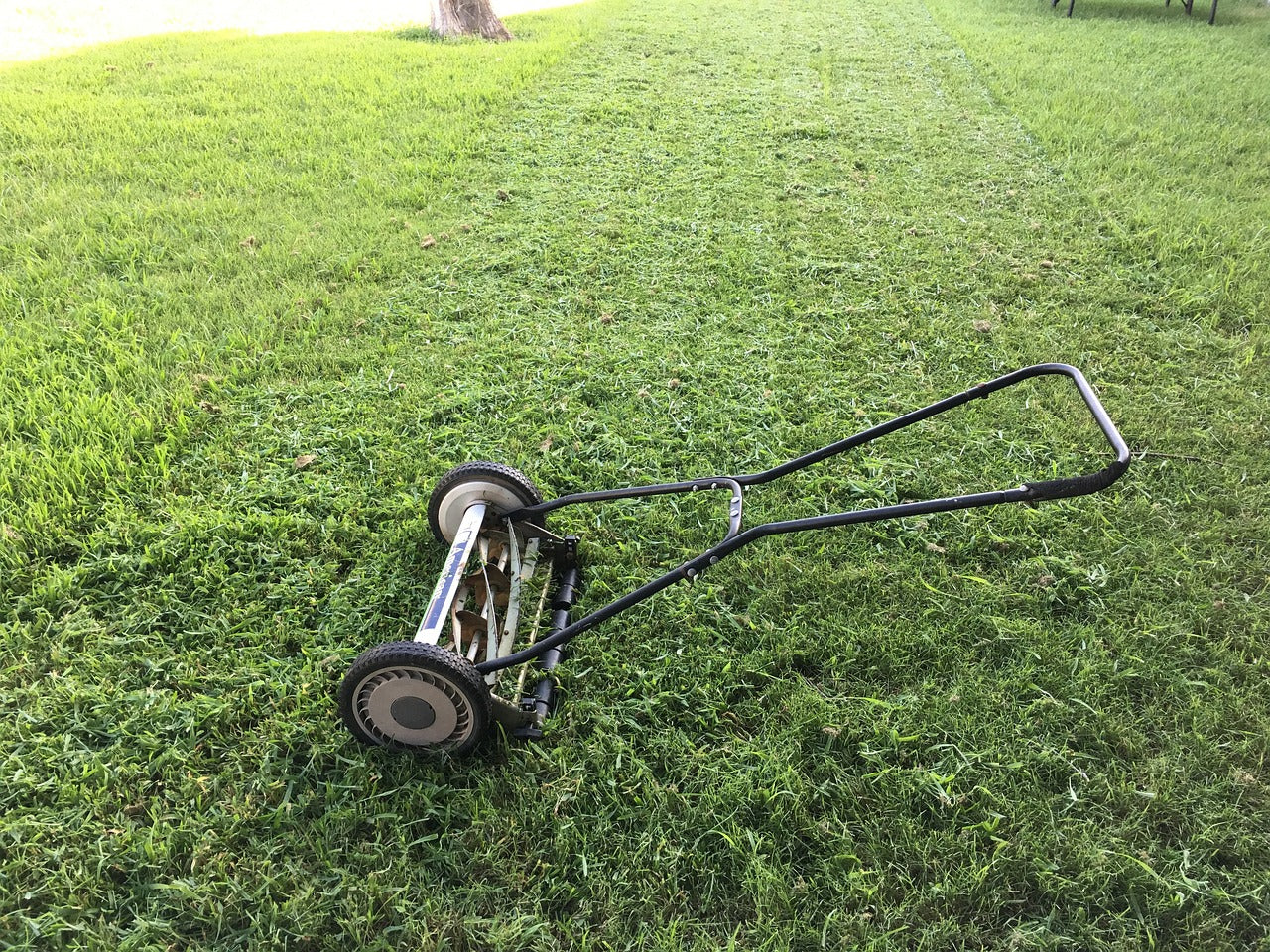
9. To Mow or not to Mow
It’s the time of year when the gentle hum of lawnmowers fills the air and a well-mown lawn can be a thing of beauty - but there’s no harm in leaving a patch of long grass for wildflowers to grow and insects to hide. Many professional gardeners leave their lawns to grow long, and if it’s good enough for Monty Don, it’s good enough for us!
Last updated: 15/11/2023














